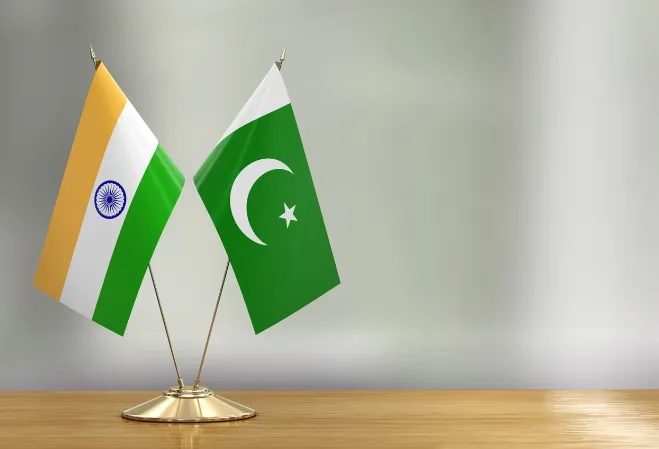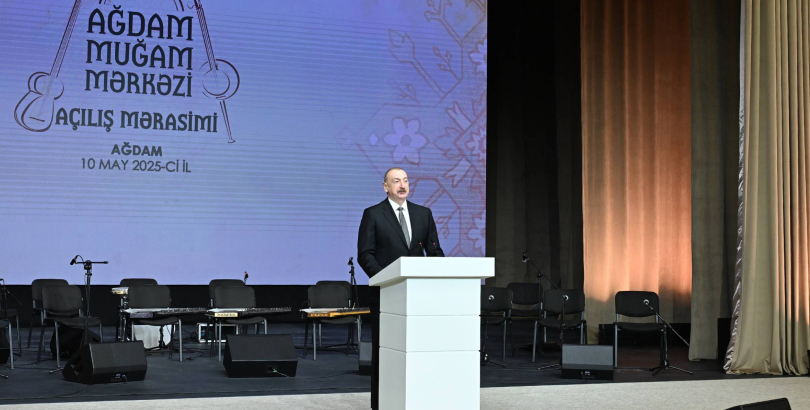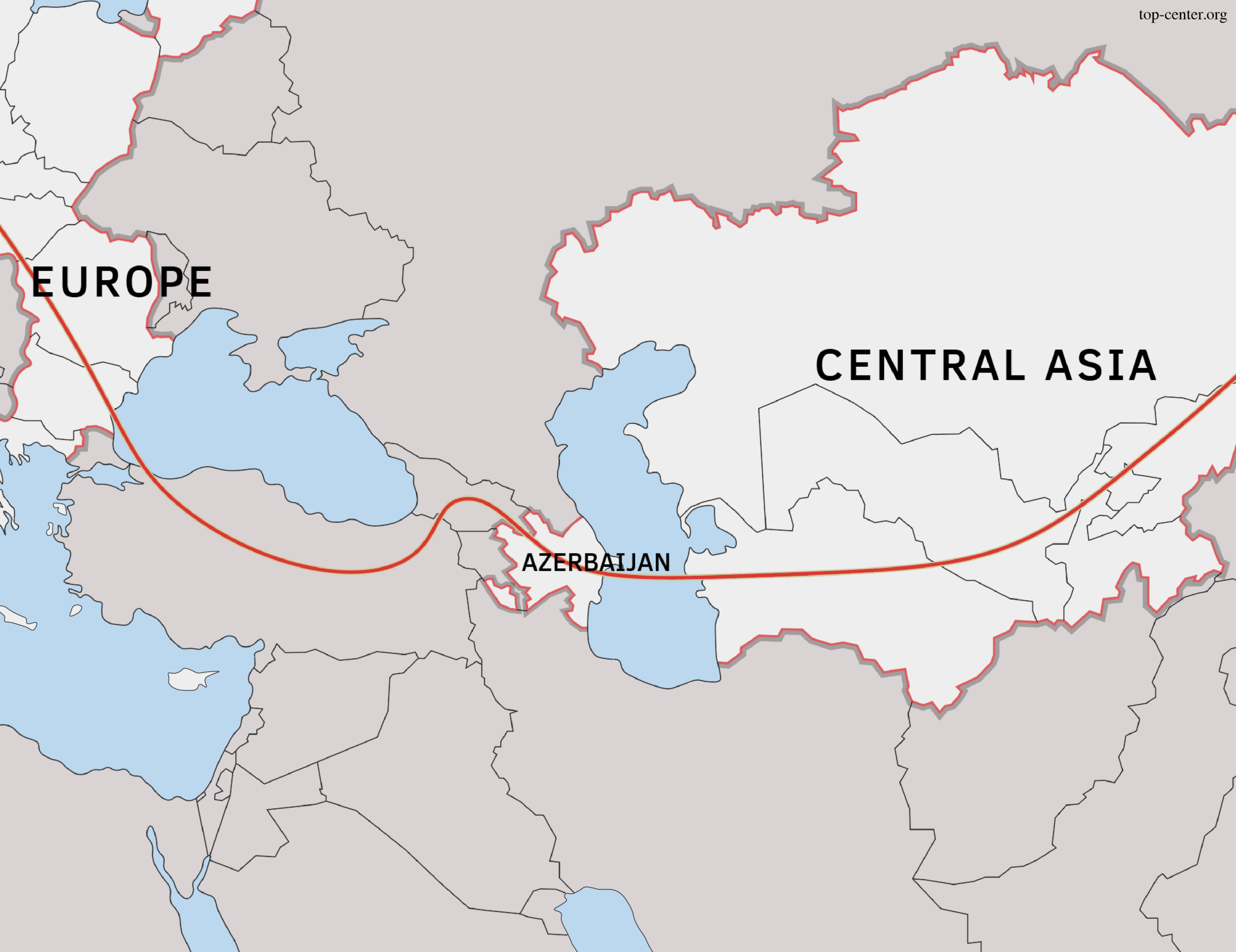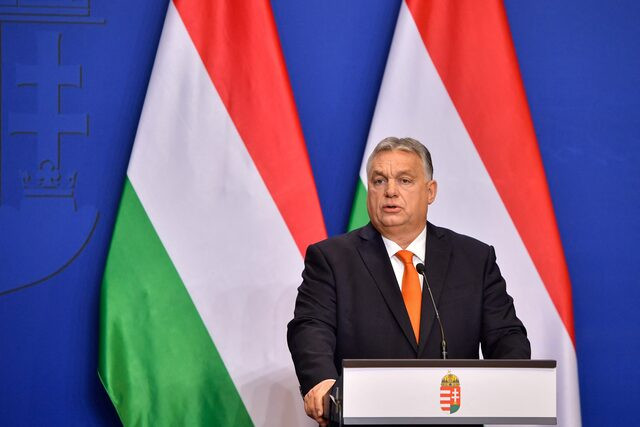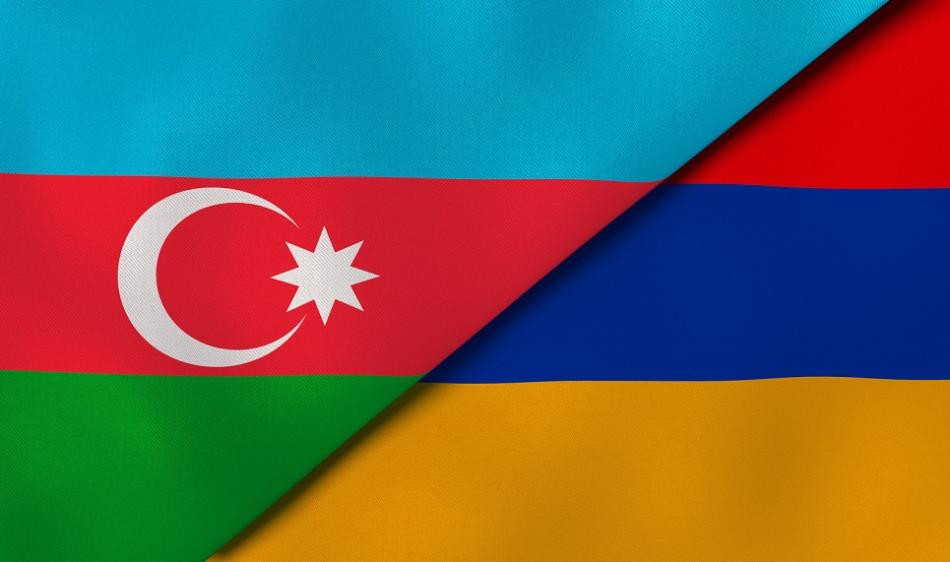Toward the end of the 19th century, resistance against British colonial rule began to gain momentum in India. This struggle intensified in the early 20th century and ultimately reached its peak after the Second World War, when colonial systems across the globe started to collapse.
Two key figures emerged as leaders of this movement: Mahatma Gandhi, at the helm of the Indian National Congress—predominantly representing the Hindu population—and Muhammad Ali Jinnah, who led the Muslim League.
India, with its subtropical landscape, was home to people of diverse faiths. The two largest religious communities were Muslims and Hindus. Though united in their opposition to British rule, these groups often clashed with one another, highlighting deep-seated divisions even within the broader struggle for independence.
In an effort to end the ongoing clashes, Jinnah proposed the “Two-Nation Theory,” which argued that peace in India could only be achieved through a religiously based partition. As a result, it was decided to divide the country along religious lines.
In the southeastern regions of India, where Muslims formed the majority, a new state—Pakistan—was established (later officially named the Islamic Republic of Pakistan). However, this principle was not applied uniformly, and it notably broke down in Kashmir.
Although the population of the princely state of Kashmir was predominantly Muslim, its ruling monarchy was Hindu. Initially, the state sought independence, but under growing pressure from both its people and Pakistan, it realized it could not sustain itself alone. The ruler appealed to Delhi for assistance and received a favorable response.
This marked the beginning of a bloody conflict that remains unresolved nearly eight decades later. Following a war that claimed the lives of nearly one million people, a second India–Pakistan war broke out in 1965, followed by a third in 1971. In 1999, large-scale fighting erupted again during the Kargil conflict.
In the aftermath of these brutal wars, Kashmir was effectively divided. Pakistan took control of Azad Kashmir, which accounts for about 30% of the region, while India retained roughly 55%, known as Jammu and Kashmir. Additionally, approximately 32,000 square kilometers were seized by China from India in 1963 and remain under Beijing’s control to this day.
Modi’s Rise to Power and Surge of Islamophobia in India
As India sought to maintain its dominance in the region, it began to adopt increasingly harsh measures—some of which crossed the line into serious human rights violations. Tensions escalated further in 2014, when the Bharatiya Janata Party (BJP), known for its support of Hindu nationalism, came to power. In 2019, the Indian Parliament revoked the autonomous status of Jammu and Kashmir. A large military force was deployed to the region, and many schools and mosques were shut down. Curfews were imposed, effectively placing the region under lockdown. Access to the internet and mobile communication was heavily restricted.
Thousands of people were arrested by Indian police. While the army set up barricades along all major roads, radical Hindu groups launched attacks on Muslim neighborhoods in Kashmir. These assaults resulted in numerous deaths and widespread damage to local businesses and infrastructure.
Rising Tensions in Kashmir and Their Impact on Bilateral Relations
In 2019, the Modi government’s policy of systematic violence caused deep concern in Pakistan. Both countries began to amass military forces along their shared border, and over the past six years, dozens of skirmishes have taken place.
These developments further intensified tensions in Kashmir. In the mountainous regions, clashes broke out between local militant groups and the Indian army. At times, the violence escalated to the level of terrorist attacks.
India has accused Pakistan of supporting the groups responsible for carrying out terrorist attacks. Pakistan, on the other hand, argues the opposite—claiming that India has a vested interest in fueling radicalism and has turned a blind eye to the growing presence of extremist elements in Kashmir.
Although neither side’s claims have been definitively proven, a terrorist attack in India’s Pahalgam region on April 26 of this year gave Delhi a pretext to intensify pressure on Islamabad.
India responded by closing off dams on the Indus River, which supplies around 70% of Pakistan’s water needs, and launched airstrikes on Pakistani territory. In retaliation, Pakistan’s military mounted an effective defense, shooting down three French-made Indian Rafale fighter jets along with several drones.
The effectiveness of Pakistan’s military response drew international attention. In addition to these military clashes, tensions between the two countries have escalated on diplomatic and economic fronts as well. Both nations downgraded their diplomatic representation and suspended bilateral trade.
Escalating Conflict: Could It Lead to Nuclear War?
During the Cold War era, both India and Pakistan developed nuclear weapons programs and eventually became nuclear-armed states. This mutual possession of nuclear capability created a precarious balance of power.
Although nuclear weapons act as a deterrent and help prevent large-scale escalation, every confrontation inevitably raises the question: Will they be used?
Both sides understand the gravity of this possibility. As a result, during periods of heightened tension, they often make veiled references to their nuclear arsenals in an attempt to draw international attention. For now, however, a full-scale war between India and Pakistan appears unlikely. Looking at the nature of modern, chronic geopolitical conflicts, long-term wars tend not to erupt unless there is a dramatic shift in the balance of power (as seen in the Israel–Palestine conflict), or unless one side takes an extreme, destabilizing action (such as Greece’s ENOSIS policy in Cyprus).
While India currently has the upper hand in terms of military budget, active personnel, and technological resources, this does not mean the strategic balance has been decisively broken.
Pakistan, too, is a nuclear power—and one with a sizeable, capable military force and a robust arsenal. This means that, should war break out, Pakistan could inflict severe damage on India. Moreover, a large-scale war would risk inflaming many of the internal issues India has tried to keep under wraps, potentially leading to wider unrest.
India’s Global Ambitions and Unresolved Domestic Challenges
The economic reform program India launched in 1991 spurred rapid development across many sectors. With a population of hundreds of millions of young people, vast mineral wealth, and abundant raw materials, India began experiencing significant economic growth from the 1990s onward.
What was once a rudimentary economic system has since evolved into a diverse, high-yield economy. Today, India’s $13 trillion economy is primarily driven by the services sector.
India stands out in particular for its strength in information technology, finance, call centers, and business process outsourcing. Meanwhile, industrialization is advancing at a fast pace.
Yet behind these achievements, India continues to grapple with serious internal challenges. According to World Bank estimates, 129 million Indians live in absolute poverty. Income inequality remains extremely high.
At the same time, deep ethnic and religious tensions persist. In regions such as Kashmir, Punjab, Assam, Manipur, and Nagaland, political and armed groups occasionally call for secession from India.
These separatist sentiments have only intensified since the BJP came to power, as rising discrimination and growing Hindu chauvinism continue to fuel unrest. Clashes between the local population and security forces break out periodically in these areas. Should conflict with Pakistan persist, these internal pressures could deepen even further.
India also faces unresolved border disputes with China and harbors ambitions of becoming a regional leader in Asia. Under such circumstances, New Delhi is reluctant to expend its resources and focus on a prolonged and dangerous conflict with Pakistan.
Pakistan’s Growing Clout
Despite facing economic challenges, Pakistan’s influence is growing both regionally and globally. As a member of major organizations like the D-8 and the OIC (Organization of Islamic Cooperation), Pakistan holds significant sway, particularly among Muslim countries. It maintains strategic relations with influential nations such as Azerbaijan, Türkiye, and Saudi Arabia.
Furthermore, Pakistan’s cooperation with China is rapidly expanding. In this context, India is cautious about the potential international backlash it could face if a war with Pakistan were to occur.
Prospects for De-escalation
India’s aggression toward Pakistan is influenced by both internal and external factors.
Externally, Pakistan’s growing regional and global influence weakens India’s claims to regional dominance in Asia. The Pakistan-China partnership presents a significant obstacle to India’s plans.
Domestically, the policies pursued by India’s BJP party have been met with dissatisfaction, particularly in Kashmir and other regions. Rather than addressing these grievances, the Indian government appears to be attempting to use them as political tools.
Although resolving a deep-rooted issue like Kashmir in the short term seems unlikely, India could take a significant step by restoring the region’s autonomy and ending Islamophobic policies.
At the same time, new efforts could be made toward cooperation with Pakistan in the fight against terrorism. However, it seems that for now, Delhi is not ready to view Islamabad as a partner.
Kazim Kazimov
Leading advisor, Social Research Center

